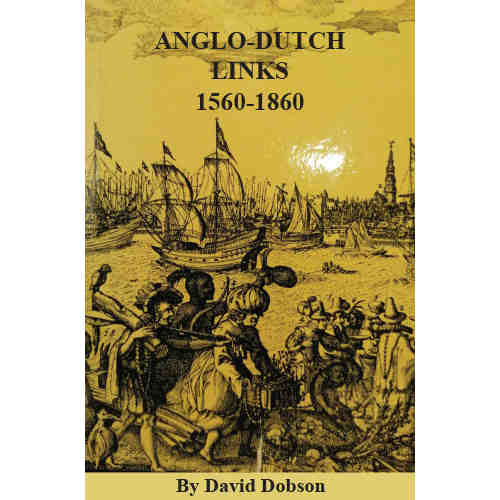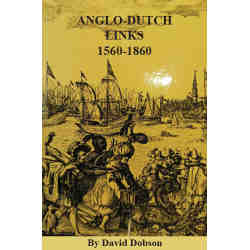Social and economic links between the Netherlands and England have existed from the medieval period. During the early modern period, from the Reformation onward, these links intensified when the two countries united in opposing a common enemy in the shape of Spain, then part of the Hapsburg Empire. At other times economic rivalry led to war between England and the United Provinces. From 1568 to 1648 the Dutch fought the Spanish in the Eighty Years War, to establish and maintain their independence, during which time the English provided them with substantial military support. The rise of the Dutch United East India Company and the Dutch West India Company, supported by the Dutch merchant navy, enabled the Dutch establish an empire in America, the Caribbean, Africa, and Asia. Since England was simultaneously expanding its merchant fleet and empire, rivalry and conflict between the two broke out in Europe and America. The English Navigation Acts from 1651 were aimed at reducing power of the Dutch merchant marine, which had been the leading sea-power in western Europe, by restricting colonial trade to English shipping.
In the 16th and 17th centuries, religious refugees settled both in the Netherlands and England; English Puritans ventured to Holland, for example in Leiden, and Calvinists from Flanders, Zealand, and Holland immigrated to England, establishing the Dutch Reformed churches in London. Throughout the period trading links between the two countries were expanded, leading to merchants and craftsmen settling in ports such as London, Rotterdam, and Antwerp. The establishment of universities in the Netherlands, especially Leiden’s medical school, attracted students from England during the period.
This book attempts to identify English people in the Netherlands, temporarily or permanently, as well as Dutch or Flemish people in England. It also lists people trading between the two countries, as named in domestic and colonial records. Dr. Dobson identifies upwards of 1,000 Anglo-Dutch links between 1560 and 1860, and for each we are given a full name, date, specific place in England or Holland, and the source. In many instances we also learn of the individual’s religious affiliation, vessel, relatives, or other particulars. The book commences with a helpful historical introduction and concludes with a list of captains and their ships, and the primary and secondary sources cited in the work.


